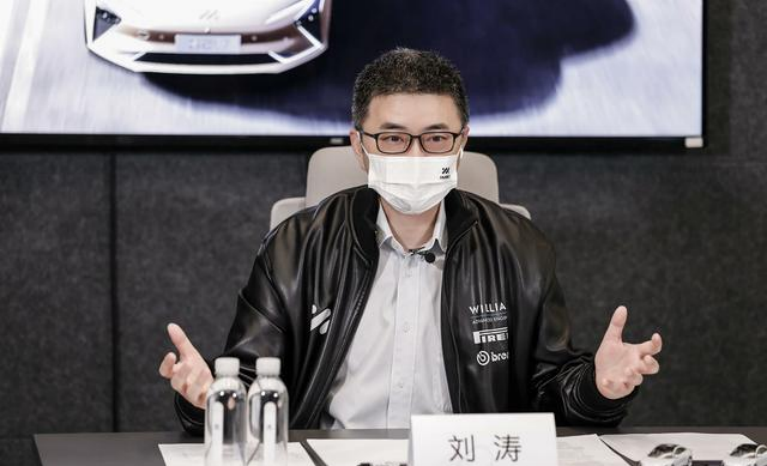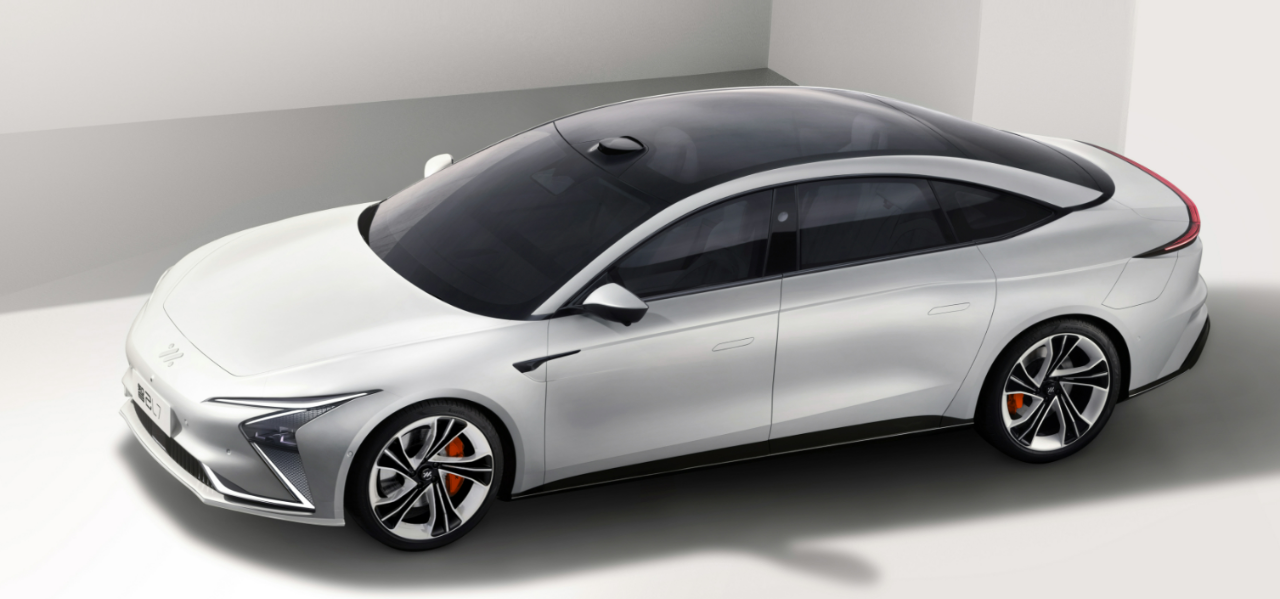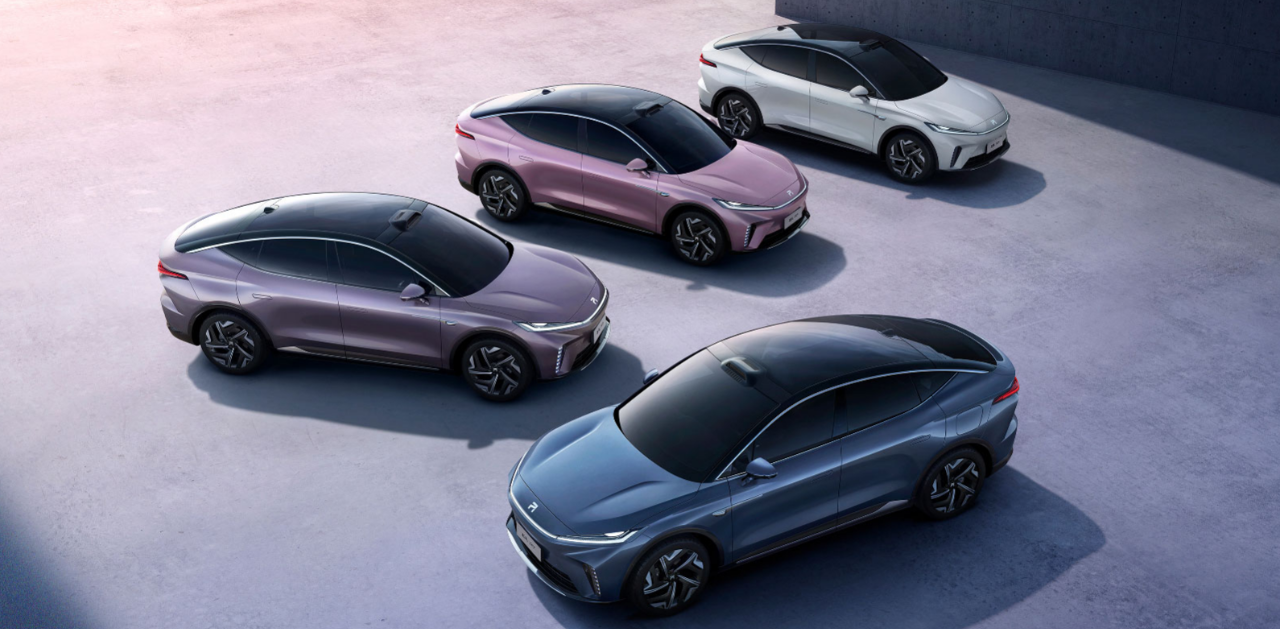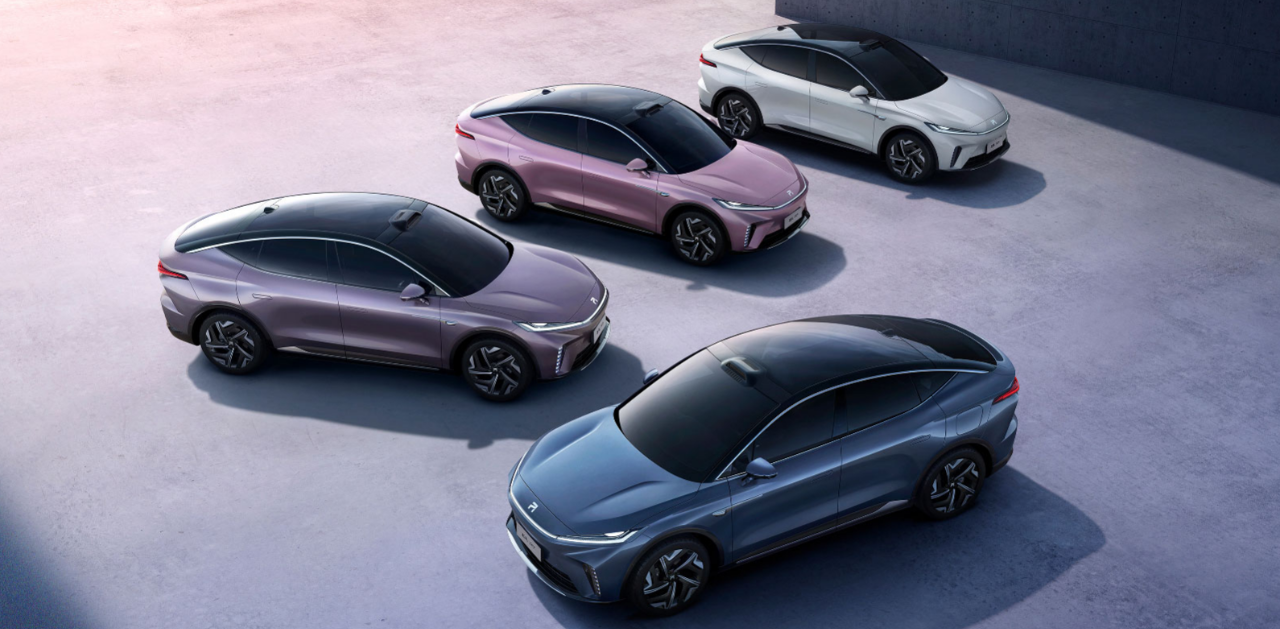Author: Su Qin
“When AI rises, humanity should shine”, this is the first sentence of the opening speech at the IM Shanghai Fosun Art Center sharing session; “users” are the most mentioned term in the first article on the IM website’s consultation center.
IM not only talks beautifully, but also does things even more “beautifully”!
On May 10, 102 IM angel round car owners jointly issued a statement condemning IM for harming user rights, trampling on consumer information rights and fair trade rights. The main problems are concentrated in the following five points:
-
The copyright entitlements of angel round users were originally reserved for the first 3,000 owners, but now not only have the top 3,000 positions been diluted through obscure means, but these entitlements have been surpassed by clients from SAIC, Alibaba and Zhangjiang High-tech.
-
The conditions for upgrading laser radar and advanced energy batteries are still unclear.
-
False advertising claims that the television capacity is 95kWh, but the actual capacity is only 89.9kWh.
-
The advertised standard wireless charging onboard the car needs to be selected as an optional extra, and the front row seat ventilation only has backrest ventilation, which misleads consumers.
-
Users who raise concerns via the IM official app have had their posts deleted and their feeds restricted; what’s worse, some of them were insulted by IM personnel and called “modern-day Kong Yiji”.
IM, who claims to “create a new era of user value,” elevates its users to a high status, but ultimately hurts them deeply!
IM Joint CEO Liu Tao once said: “Discounts and other preferential policies are routines, and IM doesn’t like to play routines”. No routines may have been played, only IM people played the routines!
However, why is Liu Tao willing to sacrifice the angel round car owners – the most original and core users of IM – and push the rights of core users to other major clients? Perhaps the sales pressure from SAIC Group is the answer.
A New Idea about User Co-creation
User co-creation is not a new concept, let alone the invention of a new energy vehicle brand.
When Xiaomi was developing the MIUI system, Lei Jun invited users to participate in identifying and analyzing problems with the Android system, and jointly named the project after identifying common pain points; similarly, users deeply involved in the naming process gave the name Havel Big Dog a romantic touch. As for NIO, they are experts in the “user co-creation” model, pioneering the development of community culture, car owner investment in store construction, and car owner sales consultant part-time jobs. NIO has firmly captured the hearts of users through the “user co-creation” model.
With IM, a new idea about “user co-creation” has emerged!
After the incident of car owner rights defense, Liu Tao said in an interview that “being criticized by users is also a form of co-creation.” It has to be said that this explanation is in line with the “bad movie effect” and “collective aesthetic criticism”.Maybe what Liu Tao wants to express is that the iteration and growth of products are driven by user feedback, but if there are problems with the products and publicity, it is a problem. Forcibly explaining it as “user co-creation” brings an awkward feeling of propping up the facade.
In fact, compared to NIO’s emotional-driven user co-creation model, IM focuses more on data.
In the IM APP, there is no online shopping experience built around the elite lifestyle. Instead, there are more user experiences about car use in the community, especially the “Yuan Shi Gu User Data Rights and Interests Plan”.
It sounds like the name of “pre-IPO stock”, but in fact, it is a benefit exchange model between IM and users dressed up in a beautiful way by using car driving data to interact in the IM APP, participating in offline activities, and exchanging for “Yuan Shi”. The Yuan Shi can be used to redeem IM’s related services.
However, in “Dian Dong Shi’s” view, the so-called “Yuan Shi Gu User Data Rights and Interests Plan” is actually a benefit exchange model between IM and users with nice dress, producing data for IM in exchange for services. It’s like a successful blind date that leads straight to marriage, but once there is no emotional contact, quarrels mean that the marriage relationship is facing collapse at any time.
On May 10th, in response to the joint statement of 102 car owners, IM issued an announcement to explain and apologize for the insulting statements made by its staff to the car owners.
However, IM repaired the plank road while secretly crossing Chen Cang by deleting the posts of the staff insulting the car owners.
Now, this staff member has changed his avatar, leaving only two apology articles. Leaving aside how much comfort can be brought by a cold announcement, the disguised behavior of IM erasing the past facts can reveal the truth that the “user co-creation” model is like an image of gold and Jade but is rotten inside!
When the user co-creation model is facing collapse, what does IM have to attack the high-end market of new energy?
High-end doesn’t mean arrogant
“Arrogance and Prejudice” seems to be a common problem for high-end new energy brands now. On the one hand, there is Li Bin from NIO who said, “Why do people still buy oil-fired cars? Is it to smell the gasoline?” On the other hand, there is Yu Chengdong from Huawei who said, “Buying a fuel car now is like buying a feature phone in the era of smartphones.” Liu Tao from IM also said that “Users who spend 400,000 yuan on BBA are very miserable.”
Disparaging others and elevating oneself is a low-end approach for high-end brands. True luxury is not achieved by increasing prices or denigrating others. Luxury is actually about building a brand through good feelings towards that brand.
As a customer-oriented auto company, IM possesses cutting-edge technology and ample financial resources in the backing of SAIC Group, Alibaba, and Zhangjiang High-Tech. Dropping its arrogance, IM should learn to humble itself and engage in equal dialogue with its customers, as the proper way for any customer-oriented auto company.
When faced with customers seeking to defend their rights, IM should apologize with concrete, tangible actions instead of issuing notices and public apologies, which serve to cheaply rectify its mistakes.
Furthermore, on May 27, Liu Tao claimed that IM Automotive was constantly improving, and if some users really couldn’t understand, IM would respect their decision, but would feel a bit regretful. This kind of tactful expression of “If you want it, you can buy it; if you don’t want it, you don’t have to” truly is not the right attitude for a customer-oriented auto company, let alone the correct action.
This year marks Liu Tao’s 25th year working for SAIC, and from serving as the Deputy Leader of Project L-Unit One Engineering to being the Joint CEO of IM, three years have passed. Liu Tao has witnessed the changes in the Chinese auto market, and has personally gone through SAIC’s new journey in the new millennium, constructing SAIC’s seed player – IM – in terms of both product and marketing.
The IM L7 has top-notch tuning from the Williams team, which Liu Tao claims possesses performance advantages that can “overwhelm traditional luxury fuel vehicles” ; utilizing the “Original Stone Valley User Data Rights and Interests Program,” Liu Tao claims to “refuse to be a freeloader on user data”; and integrating the 232,000 charging piles from SAIC Group and State Grid with 210,000 social public charging piles in IM’s APP, Liu Tao claims to provide “one-stop services”.
From Liu Tao’s remarks and his performance in various occasions, it can be seen that Liu Tao has great confidence in IM’s products! So much so that he even doubts the cognitive abilities of users…
However, the success of a product is not solely based on its strong productiveness. The emotional experience it brings to users also plays a pivotal role. The brand provides convenience and peace of mind to users, while users bring profits and growth to the brand. In fact, users and brands mutually make each other’s success.
 # Shanghai Automotive Industry Corporation’s Development and Challenges
# Shanghai Automotive Industry Corporation’s Development and Challenges
Over the years, SAIC’s development has mainly relied on the influence of joint venture brands, but lacks inertia in user operation with an Internet-style. Therefore, in Liu Tao, we can see Smart EV’s dedication to product strength, but the “user” is still a “customer” due to the historical dependence on popular joint ventures, and the haughty posture still stands.
In mid-month, Smart EV will launch the first batch of national users for L7 EV. If Smart EV remains arrogant, the market will teach it to be humble. Smart EV, as the head of SAIC’s EV lineup, has “failed before achieving success” in user operation, which raises concerns for its future.
NIO, GigaECar, and other new forces/new strengths broke free from the shackles of China’s high-end automotive brands and grew rapidly due to user co-creation. Liu Tao definitely understands this, but he has no solution to the sales pressure from the group.
If the user co-creation model is not solid for high-end new energy brands, short-term sales spikes will only be a temporary solution. Is this what SAIC Group wants to see? Over the years, SAIC’s new energy high-end brand has fought and failed repeatedly, and the main reason for the lack of substantial breakthroughs is that SAIC was too eager.

This article is a translation by ChatGPT of a Chinese report from 42HOW. If you have any questions about it, please email bd@42how.com.
